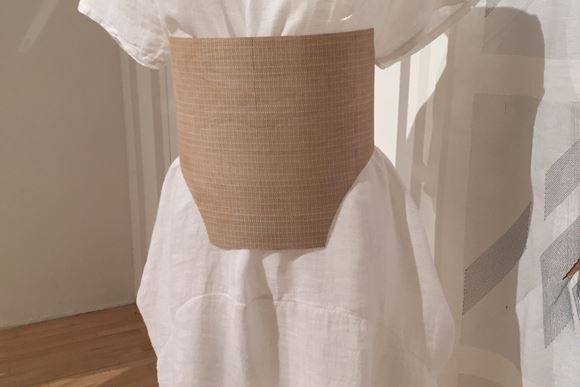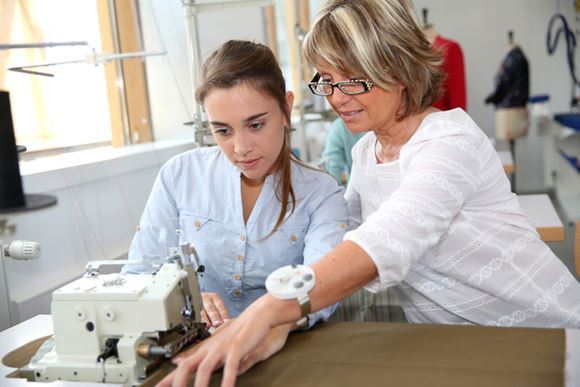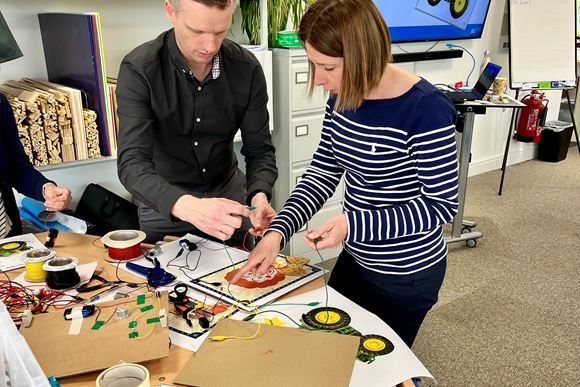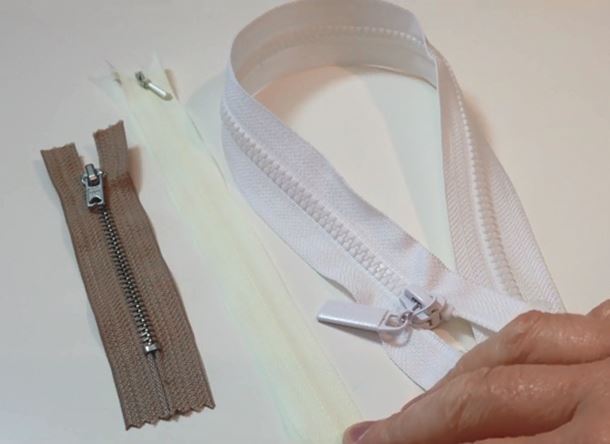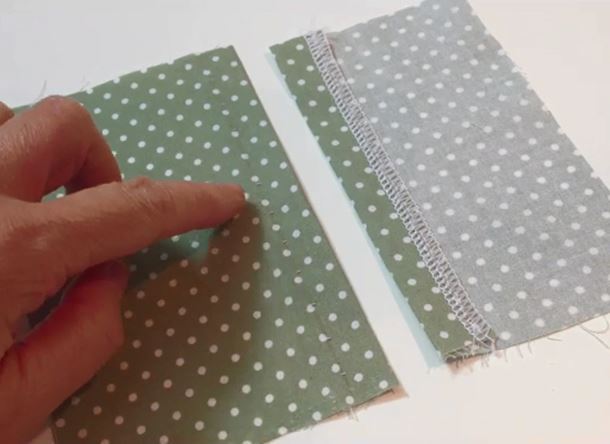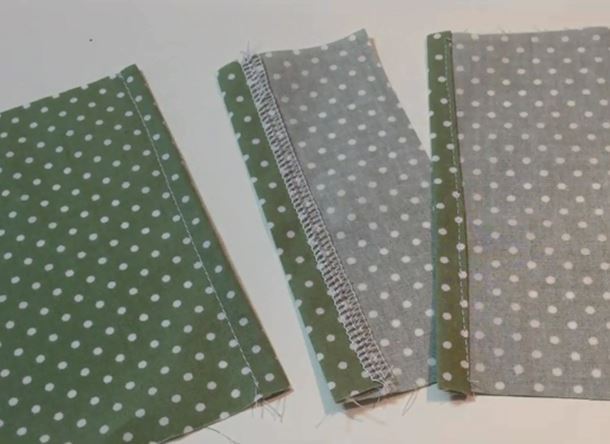The changing face of textiles
Published 1st August 2016
Written by: Julie Boyd
I know many fellow textiles specialists are concerned about how textile fits in to the new GCSE fearing a reduction in creativity and the loss of the unique nature of textiles as a material area. I completely agree it’s important to retain everything that is special about textiles, but I also support the broader focus that the new single GCSE offers. Rather than restricting creativity, the new GCSE has the potential to allow us to focus both on the traditional elements of textiles, as well as offering us new opportunities should we choose to be a little more adventurous and want to be creative in new ways.
Textiles materials and techniques: new meets old
The reality of the 21st Century textiles industry is that there’s a huge blurring of lines between materials, and it’s often hard to categorise materials and products as we have in the past. Materials such as polypropylene and polyethylene have long been considered plastics, but are now also commonly used as textiles fibres (take a look at Helly Hansen’s base layer sport products, as well as products sold in high street stores such as Ikea).
Traditional textiles techniques are still essential but new ones are developing, for example, woven and knitted metal fabrics, such as Tacott, a stainless steel and brass knitted fabric with uses from architecture to fashion. Another example is Ki-ori Tennage, a woven material based on a Japanese tradition that uses wood in the fabric warp. Both are soft, flexible fabrics that can be stitched on a sewing machine.
Refusing to be bound by traditional boundaries
This broader approach to materials was illustrated by a recent visit to the degree shows at my local university, Nottingham Trent, where the textiles, product design, furniture design and graphic design courses all fully embraced a range of materials.
In a clear nod towards the changing nature of textiles, the Textile Design degree show was titled ‘Shift’, which the handbook explained was based on the shifting perceptions about textiles. The course leader commented that students 'refuse to be confined by traditional boundaries', saying that 'As textile designers work in increasingly multi disciplinary teams, new paradigms for practice are emerging'. The creative and varied work on display included garments with laser cut ply corsets, garments with copper integrated into ruffles to give them structure and form, embroidered plastic dresses, bags made of sheets of acrylic joined with embroidery, and furniture with highly embellished fabric surfaces.
To further emphasise this ‘shift’, a job advertised recently for a Textile Design Engineer listed the Textile Design degree mentioned above as the required qualification. The role was described as engineering, working in the design department in an automotive industry, creating innovative automotive fabrics. Not only does this engineering job require a creative textiles qualification, the job outline also lists key skills we use in the textiles classroom all the time such as knitting, weaving, dying, finishing, fabric testing, and aesthetics.
The changing nature of materials in design was also reflected in work from the Product Design course. In schools the term product design has been hijacked and narrowed down to refer to a resistant materials curriculum but the work at NTU reflected the wider nature of product design, with a large number of products made of mainly textiles fabrics, including garments. This mix of materials was also reflected in the graphic design courses where many students had interpreted their ideas through textiles.
There are many other courses that are embracing textiles and fashion in new ways. The Fashion Futures degree at Manchester Met is a fashion degree focusing on future technology and innovations, and the Textile Science and Technology degree, also at Manchester Met, is a textiles degree with an emphasis on physics, chemistry and engineering, including a focus on apparel and other textiles areas. Even in more traditional fashion courses knowledge of textiles science is seen as an advantage. Dr Mark Bradshaw, Textiles Subject Leader in the School of Design at De Montfort University, says their wide range of fashion and textiles courses rely on a detailed understanding of the technical side of textiles. He says this is the basis of designing and manufacturing, and a key to employability. He welcomes newer elements of the GCSE, particularly the broader materials focus, along with the new content on forces and electronics, as being relevant to the modern textiles industry and to courses the university runs.
An exciting future
These developments in textiles don’t mean traditional routes are less valid, nor that these textiles traditions are less important in our classroom. It’s important to recognize that both the design industry generally, as well as the fashion and textiles industry, are changing, and that increasingly young people will have opportunities to push the boundaries, as well as having opportunities to use materials in new ways. This is exciting and it’s important it’s reflected in our classrooms and that students understand the wide range of options open to them. This is especially the case for boys who often aren’t as interested in traditional fashion and textiles routes, but also for girls who want to study a creative subject that also gives them an edge in a competitive jobs market.
The change in GCSE D&T enables our curriculum to reflect more of what is happening within the industry. It will also enable students to make more of an informed choice at 16 about whether they want to continue a broader product design route, or whether they want to specialize in one material area. If they choose the latter they will be better informed of the wider use of materials within their specialist area, and the need to be open minded about celebrating both the traditional and new ways of doing things.
I will write more in the future about what this ‘shift’ might actually look like in the classroom, and how it can be both manageable and exciting, both for textiles specialists, as well as non specialists who are interested in developing the use of textiles in their own classroom.
Julie Boyd
D&T Association - Lead Textiles Consultant
comments powered by Disqus Back to Blog
